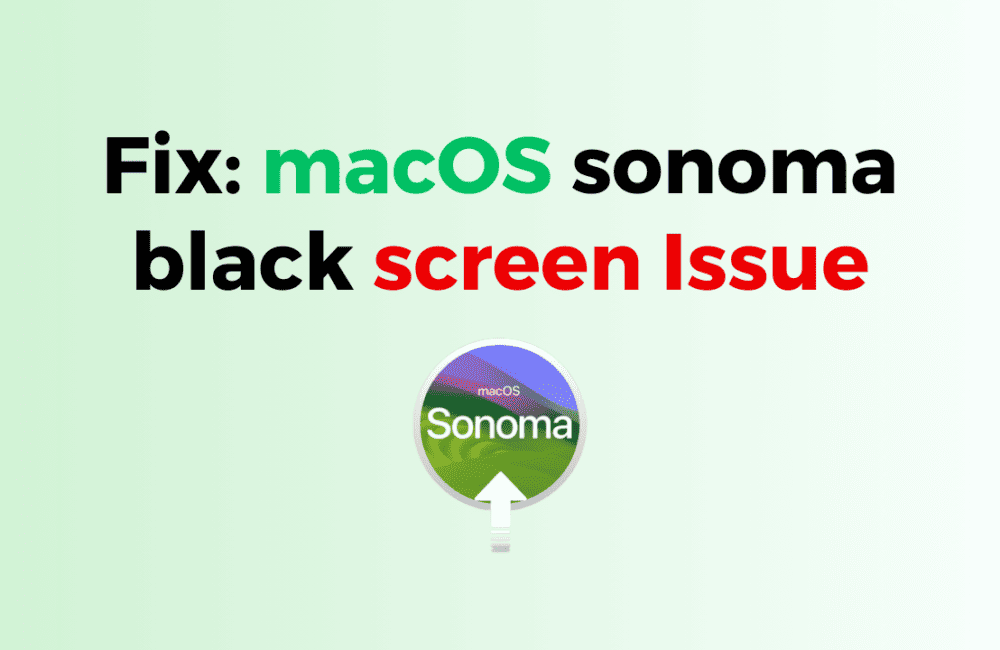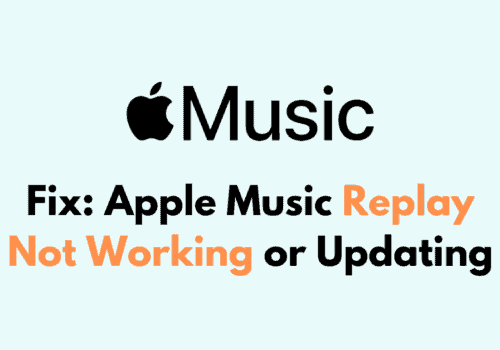If you are a macOS user and have recently upgraded to the latest version of the operating system, Sonoma, you might have encountered a frustrating issue of a black screen.
This issue has been reported by several users and can be caused by various reasons, such as hardware issues, software incompatibility, or incorrect system settings.
Regardless of the cause, a black screen can be a significant hindrance to your productivity.
In this blog post, we will discuss some proven ways to fix the macOS Sonoma black screen issue and get your system back up and running.

How To Fix MacOS Sonoma Black Screen Issue
1. Check The Power Supply
Ensure that your Mac is connected to a power source and the battery is not drained. A low battery can cause a black screen issue.
2. Disconnect External Devices
Sometimes, a faulty external device can cause a black screen issue.
- Disconnect all external devices, including printers, scanners, and USB drives, from your Mac.
- Restart your Mac.
3. Disable FileVault
If you have enabled FileVault in Disk Utility, try disabling it and restarting your Mac. FileVault is a security feature that can sometimes cause conflicts with the operating system.
- Go to Disk Utility from the Applications folder.
- Select your startup disk and click on the FileVault tab.
- Click on Turn Off FileVault.
- Restart your Mac.
4. Run Maintenance Scripts
Running maintenance scripts can help fix any system-related issues.
- Back up all your important data.
- Restart your Mac and hold down the Command and R keys until you see the Apple logo.
- Select Reinstall macOS from the options.
- Follow the on-screen instructions to reinstall macOS.
5. Reset NVRAM/PRAM
Resetting the NVRAM (Non-Volatile Random Access Memory) or PRAM (Parameter Random Access Memory) can help fix various system-related issues, including the black screen.
- Back up all your important data.
- Restart your Mac and hold down the Command and R keys until you see the Apple logo.
- Select Reinstall macOS from the options.
- Follow the on-screen instructions to reinstall macOS.
6. Reinstall MacOS
If none of the above methods work, you may need to reinstall macOS. Before reinstalling, make sure to back up all your important data.
- Back up all your important data.
- Restart your Mac and hold down the Command and R keys until you see the Apple logo.
- Select Reinstall macOS from the options.
- Follow the on-screen instructions to reinstall macOS.


